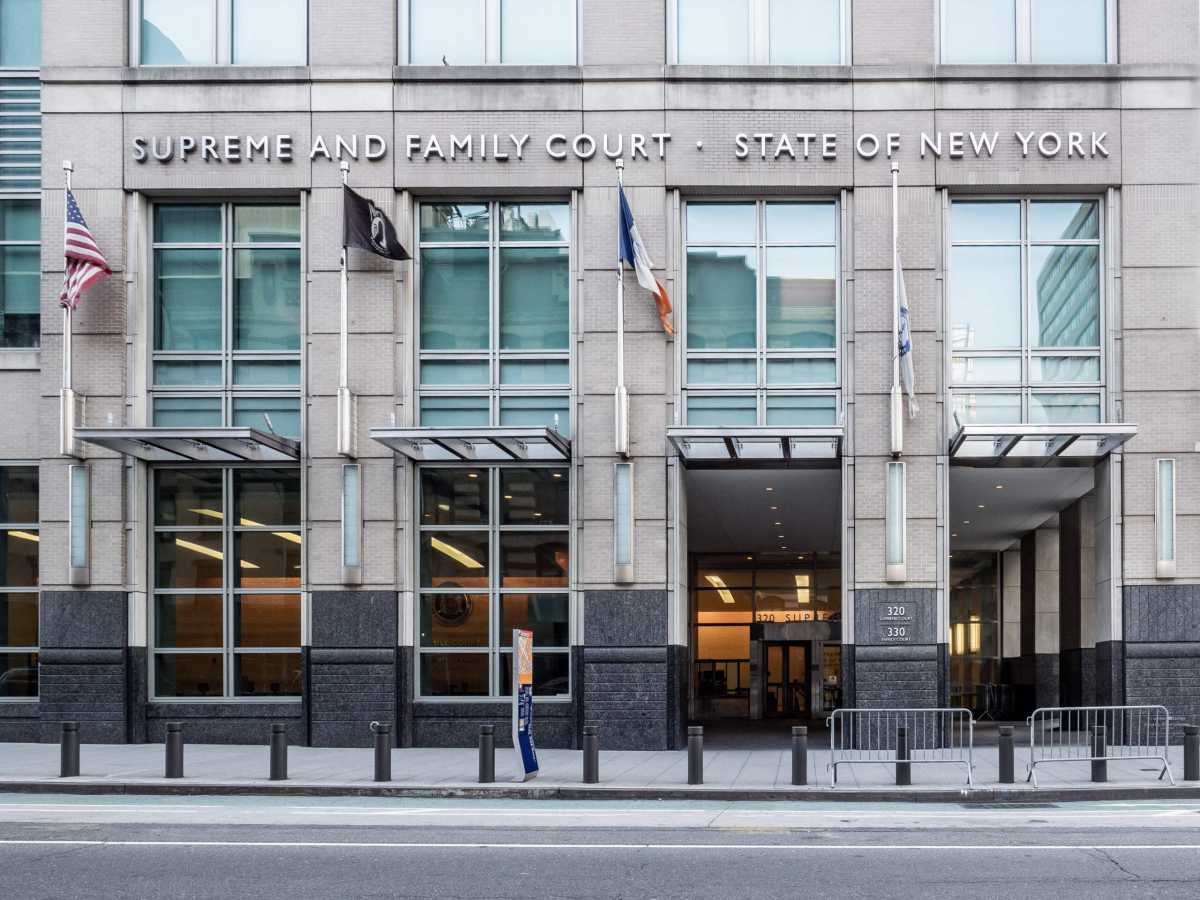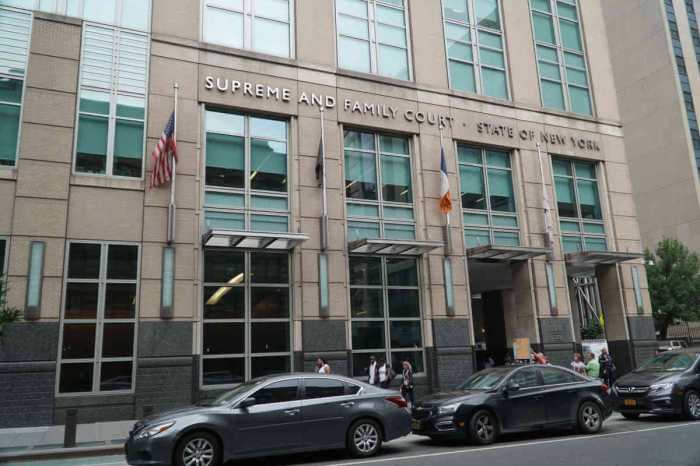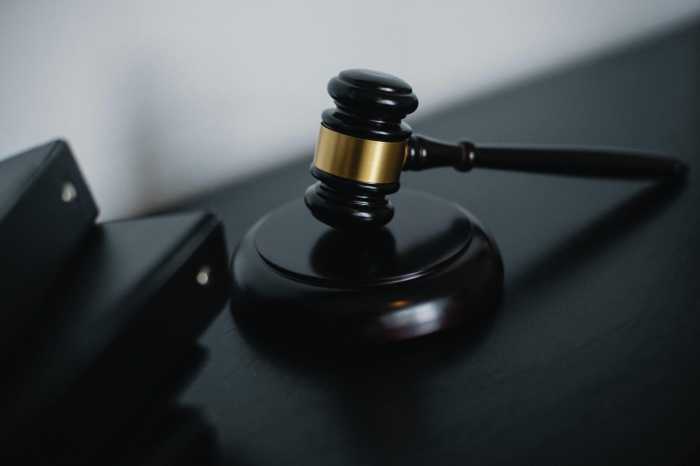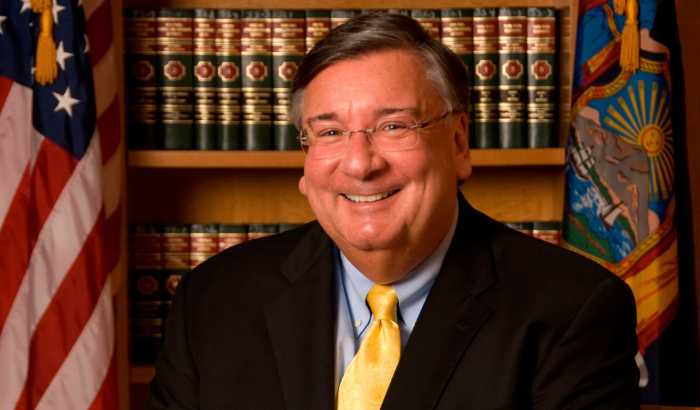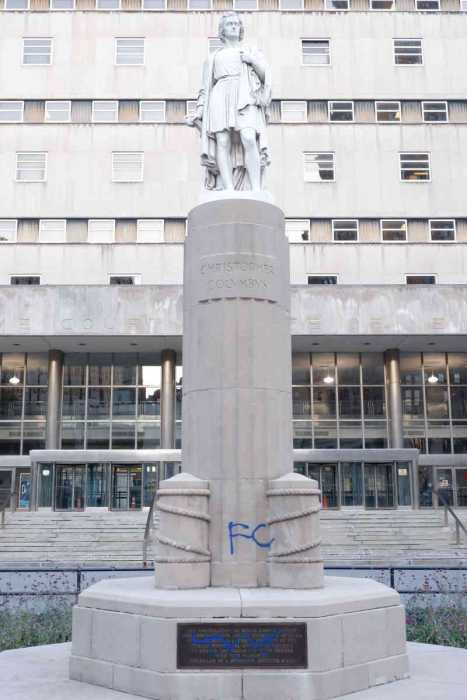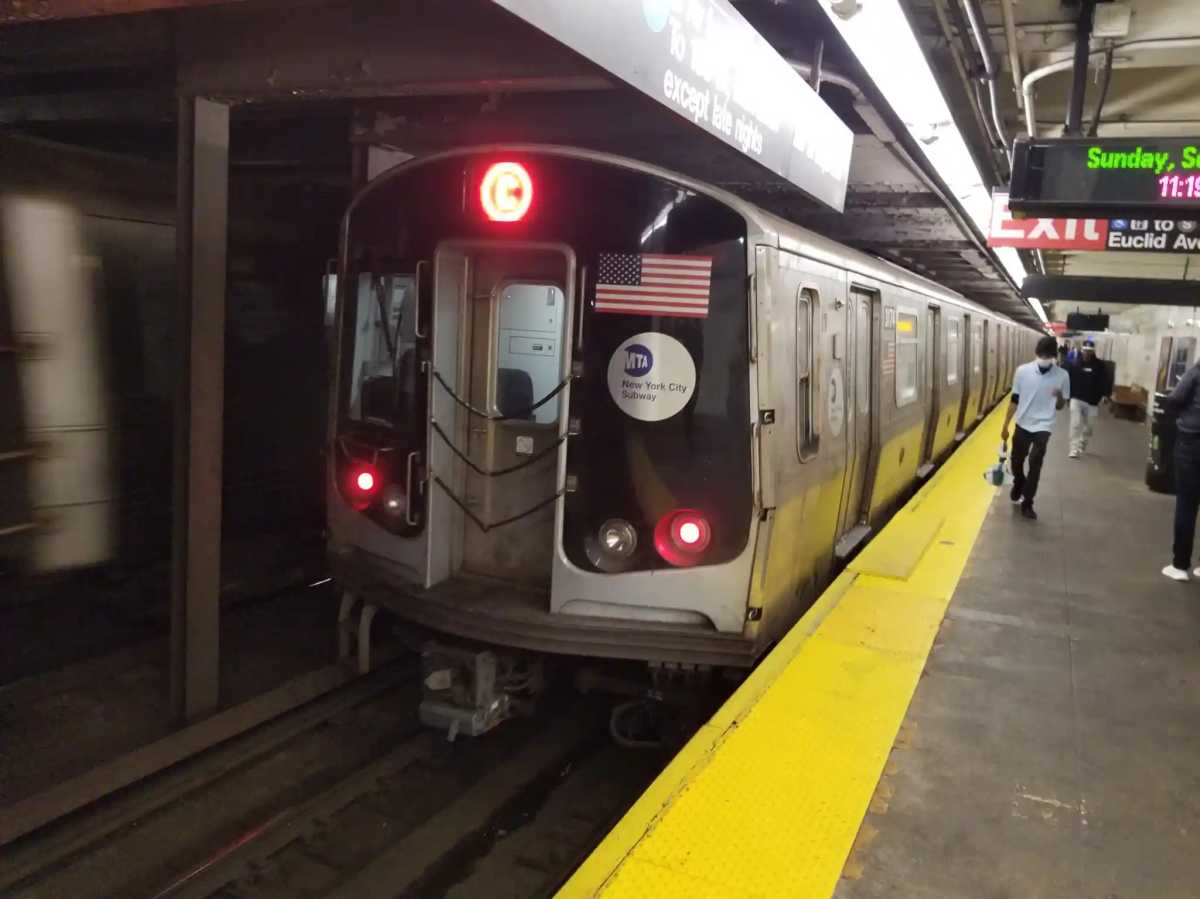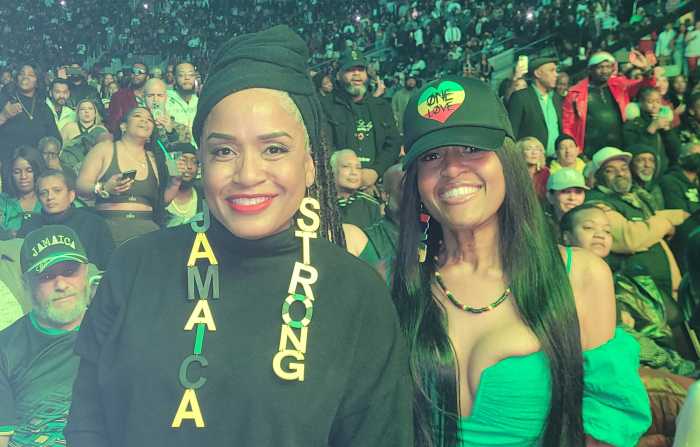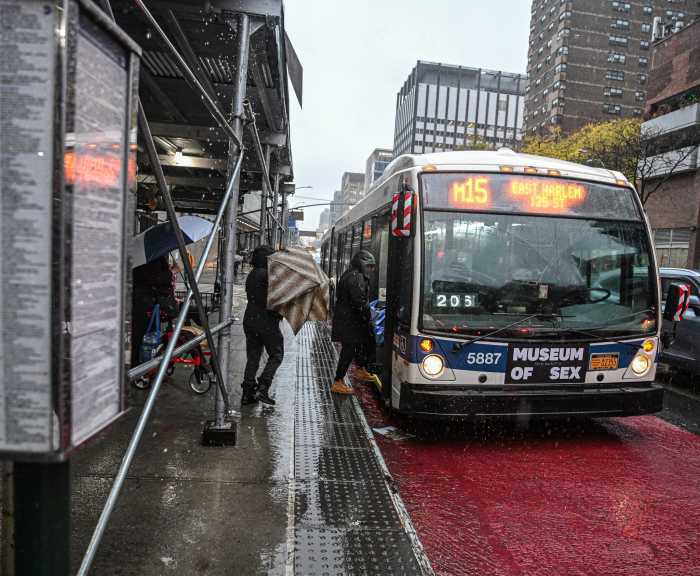New York State’s court system is notoriously confusing and difficult to navigate — described even by the state’s most important judicial authorities as “overly complicated” and “labyrinthian.” With dozens of courts handling different cases, it can be hard to know where to start, even for lawyers well-versed in the legal system.
Downtown Brooklyn is a perfect cross-section of the state courts’ fractured nature, home to the Kings County Supreme Court, Brooklyn’s city criminal and civil courts, Family Court, and more.
Each court handles separate issues, depending on the nature of the case and factors the severity of the crime, in criminal court; or the amount of money involved in civil cases. But in which court a case will be litigated — and why — can be confusing, since court jurisdictions overlap.
Who is on the Kings County Supreme Court, and how did they get there?
Kings County Supreme Court justices are elected by the public to serve 14-year terms, though they must be nominated by their county political party to appear on the ballot. When seats on the Supreme Court’s nearly 80-person roster are open, judicial delegates put their names forward to the party, who announce their nominations at a judicial convention, usually the summer before a November general election.
Judicial races in the city are hardly ever competitive — there are usually the same number of nominees as there are seats open and candidates usually run on multiple party lines. Given the opacity of the court system and the race’s positioning on the bottom of the ballot, many voters also skip casting a vote in judicial races altogether.
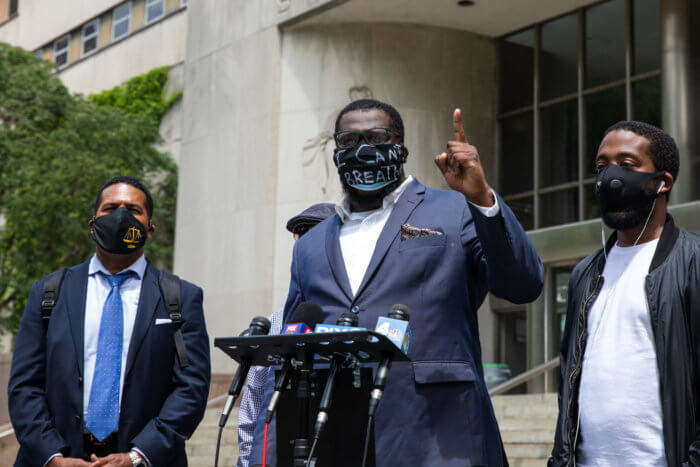
“Oftentimes when you get to the judge’s line, you get all of the sort of bigger ticket items first, you go down the ballot and the judge’s line will have one name, and it will be filled in for all of the different parties,” said Jayne Ressler, an Associate Professor of Law at Brooklyn Law School.
Justices come from a range of legal backgrounds — Lillian Wan, who was elected in last year’s general election, had previously worked as a judge in the Court of Claims and Family Court. Her colleague Richard J. Montelione, who was elected at the same time, had spent his career in private practice.
If there is a sudden vacancy in the court, a replacement is appointed by the governor.
So, what does the Supreme Court do?
Despite its superlative title, the county Supreme Court is not the highest court in the land — it’s one of the state’s lesser trial courts, on the same level as Family Court and Surrogate’s Court. The Kings County Supreme Court has two divisions, the Civil Term and the Criminal Term.
“Why it’s called the Supreme Court is that it’s the court of general jurisdiction, meaning whoever named these courts decided ‘Well, Supreme is a fitting name because it means we can hear all the cases,’” Ressler said.
Essentially, any case that doesn’t fit into the particular jurisdiction of a different court heads to the Supreme Court. For example, Ressler said, you don’t go to Family Court for a divorce in New York — you go to Supreme Court, because while Family Court has jurisdiction over issues like child support and custody, it doesn’t have authority over divorces and separations.
The Supreme Court also manages civil lawsuits with damages exceeding $25,000 — city civil courts handle civil suits of lower monetary values — and the criminal division prosecutes felony cases with possible jail sentences of over one year. City criminal courts handle misdemeanor charges and other, smaller violations.
City criminal courts also handle the initial arraignments of felony cases that will end up in the Supreme Court, mostly because the Supreme Court would not be able to handle the sheer volume of daily arraignments.
The criminal term also has several specialty or “problem-solving” courts, which handle issues like defendants with severe mental health or substance abuse issues. Kings County Supreme Court is also home to a first-of-its-kind “Integrated Domestic Violence” court, where one judge will oversee the entirety of a family domestic violence case, which might include criminal proceedings, a divorce, and custody agreements.
Often, if a case falls under the jurisdiction of multiple courts including the Supreme Court, the entire thing will be worked out in the Supreme Court, at least in Kings County, Ressler said. It’s in everyone’s best interest to handle everything in one place, rather than wasting time and resources sending litigants back and forth from courthouse to courthouse.
Earlier this year, Chief Judge Janet DiFiore, along with state government leaders, proposed significant reforms to the court system, seeking, most importantly, to merge the trial courts into a statewide Municipal Court.
“New York State’s trial court structure remains one of the most antiquated and convoluted in the country — a system with 11 different trial courts that has not been updated in decades,” DiFiore said in a press release at the time. “While unintentional, the State’s obsolete trial court structure has created barriers to justice that disparately impact our most vulnerable New Yorkers.”
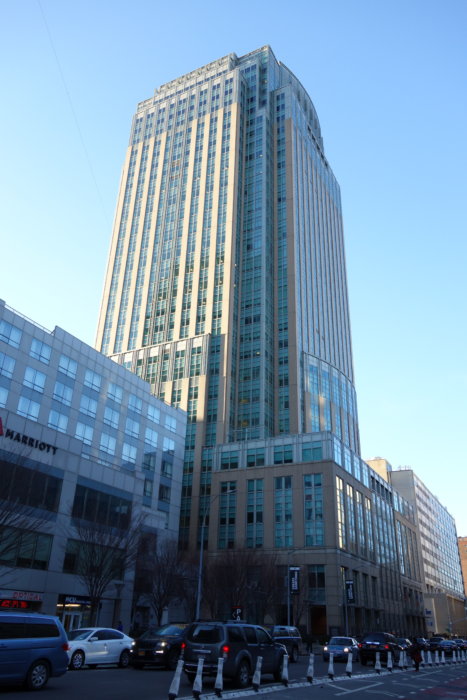
The outdated court structure most impacts marginalized and low-income New Yorkers, DiFiore said, who must spend excess time and money on navigating the system. The Chief Judge again referenced divorce cases — if someone is divorcing a criminally abusive partner and trying to get custody of their children, they might have three concurrent cases in Supreme Court, Family Court, and Criminal Court, she said.
Navigating the confusing court system
In a class she teaches titled “New York Practice,” Ressler opens with an explanation of the New York State court system.
“I say to them, ‘Look how insane this is,’” she said of her students. “And they all freak out on the first day, and they say ‘Is the final open book? Because there’s no way we can figure this all out.’”
“And I always say, ‘I’ve been teaching this, and I can’t figure this all out,’” Ressler added.
If the system is confusing to law professors and students, it’s even moreso for clients. Most of the time, it’s up to the lawyer to figure out which court to be in and when, but even finding a lawyer is a challenge.
“If they, for example, live in the suburbs but they work … in Brooklyn, and something happens in Brooklyn, do they contact a lawyer where they live, or do they contact a lawyer in Brooklyn? What kind of lawyer, how do they know if the lawyer knows what to do?” she said.
Someone seeking to handle their own small claims case might find themselves even more confused about where and how to file a claim, she added.
Until the court system is reformed — which could take some time, since the changes proposed by DiFiore would require an amendment to the state constitution — there are some resources for confused litigants seeking to understand their case. NYCourts.gov, the official website of the state court system, explains some of the judicial process and allows people to file documents, make payments, and find lawyers online.
Calling the clerk’s office at the courthouse can also be helpful — though Ressler noted that the pandemic has made help by phone a little harder to find, since many people are working from outside the courthouse. Organizations like The Legal Aid Society or Brooklyn Legal Services might also be able to help.


